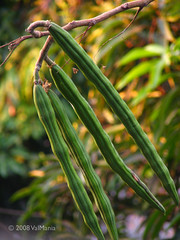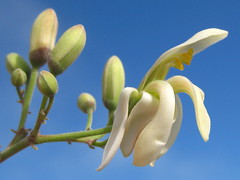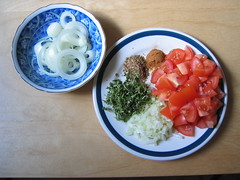Ten Secrets of A
Happy Marriage
I know list
like this are old hat but for once I will give you a list and explain how it
really applies. This list is actually coauthored by my wife, like most things
in our life we did it together.
1) Make your spouse happy before
yourself. If your partners happiness is your first priority and yours theirs,
you will find very little to get upset about. Like most things in life you get
what you give.
2) Acknowledge and respect your spouse’s
strengths and your own weaknesses. No two people think alike or are good at the
same things. There are things my wife is better at than I am. I have learned to
yield to her strengths and her to mine. Whatever the task follow the judgment
of the person whose strength lends itself to the situation.
 |
| Marriage (Photo credit: Lel4nd) |
3) Always be open and honest; never hide
your true feelings. At times my wife upsets me; at times I upset her. We always
discuss a problem when it happens. If your spouse hurts or upsets you and you
don’t share it. It is YOUR FAULT, NOT THEIRS when it happens again. People
don’t know if they are not told.
4) Appreciate the little things, don’t
take them for granted. Life is made up of little things. Most of us tend to
forget this. My wife lays my clothes out for me. She always carries an extra
towel, for me, when we go out. I make sure she has extra money in her pocket
and checks the load on her phones. I make her coffee in the mornings. Little
things but things done out of love.
5) Be friends first. I am always amazed
at how many of us treat our friends better than we do our spouse. If you or
your spouse is upset each other’s shoulders should be the first you reach for.
If you are happy they should be the first you share the good news with and if
it’s a choice of who to spend time with, there is no choice. See number 1 for
how this applies.
 |
| Marriage Day (Photo credit: Fikra) |
6) Always say you love each other. We
all want to hear it. The night my father was killed he started to leave the
house but came back inside just to tell me he loved me. He was killed later
that night. I have never forgotten his last words to me. None of us knows what
will happen when.
7) Support each other. In sickness and
health; in poverty and wealth and beyond this. Support each other’s dreams. If
you can’t believe in the dream, believe in the dreamer. Help each other
succeed.
8) Remember an open heart is more
valuable than an open mouth. Most of the time we want someone to listen and
share our troubles not solve our problems for us. Unless you here “what should
I do” open your heart not your mouth.
9) Forgive and forget DON’T forgive and
bring back. A wound that is picked at will never heal. Don’t be guilty of
robing the future by living in the past.
10)
Remember
the bed is for more than sleeping and the kitchen table works well too. Be
honest, most of us feel in lust before we feel in love. Don’t let the fire die.
Always let your spouse know you still find them desirable and exciting, find
new places and positions. If you are normally dominate try being submissive or
vice versa. Always remember number 1 on this list.
There you have my ten secrets for a happy marriage. Yours may
be the same or maybe different but these work well for my wife and me. If you
can’t remember them all just remember number 1 on the list. It is the
foundation for all the rest. If you always put your spouse first you will never
finish second.
 I have just
finished reading a wonderful book. It was a gift from my wife’s aunt and a
wonderful gift it was. It is “Animal,
Vegetable, Miracle” by Barbara Kingsolver. It is not a cookbook but definitely
a foodie book. Barbara is an award winning poet and story teller with amazing
writing skills.
I have just
finished reading a wonderful book. It was a gift from my wife’s aunt and a
wonderful gift it was. It is “Animal,
Vegetable, Miracle” by Barbara Kingsolver. It is not a cookbook but definitely
a foodie book. Barbara is an award winning poet and story teller with amazing
writing skills.











































